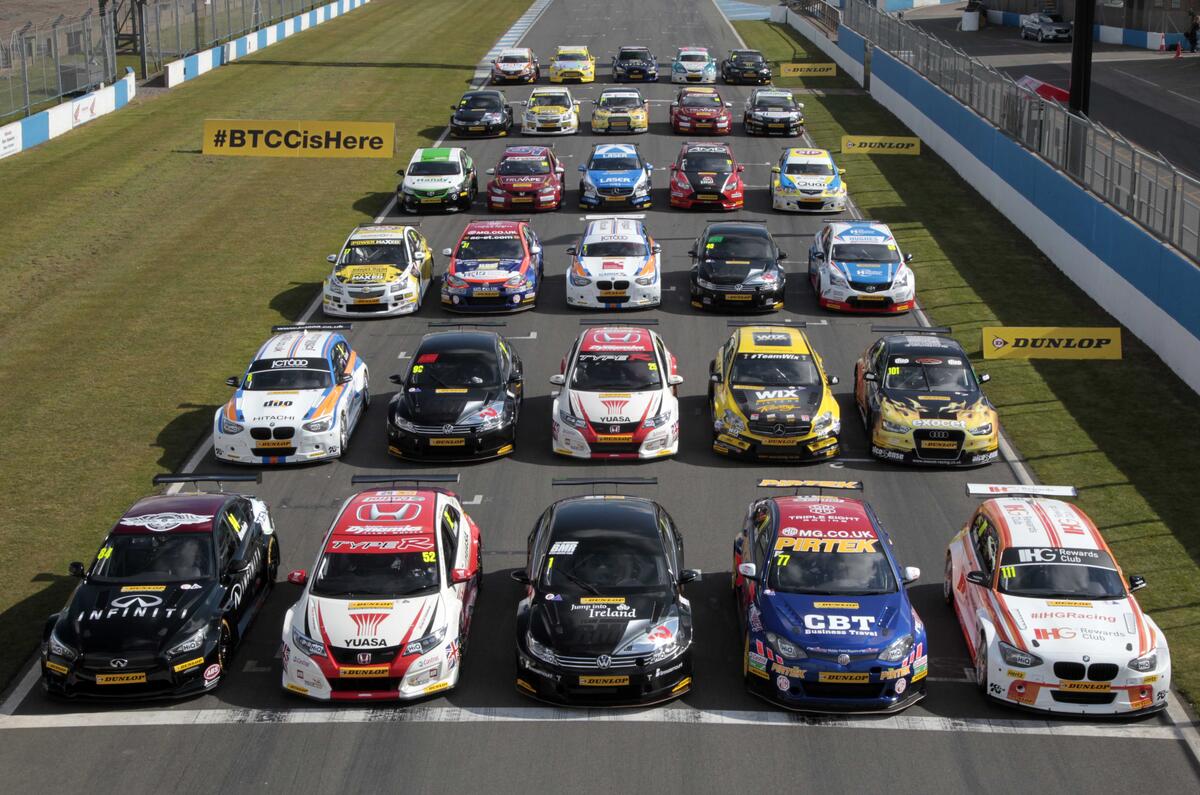The Dunlop MSA British Touring Car Championship is in rude health at the moment and Sunday’s opening rounds at Brands Hatch will highlight the success of the formula.
The formula, called Next Generation Touring Car, is five years old this year, although because it has been such a success, series director Alan Gow would prefer it to be called the 'Now Generation Touring Car'.
The NGTC rules put in place in the championship state that cars are built with number of standardised parts. The championship technical bosses mandate things such as the subframes, electrics, brakes, clutch and gearbox in an effort to keep a lid on the costs. Give a racing team a blank chequebook, and it will go cost crazy so these measures have helped to even up the playing field.
Because the parts are standardised, it means that running gear can be split if a car is sold on. For example, the Dynojet team built an Toyota Avensis in 2008, and when it was sold to rival Adam Morgan, Dynojet kept the running gear and built up a new shell. Morgan built his car up into a race Toyota, and then put the transferred the kit to his new Mercedes-Benz A-Class after selling his Avensis to yet another competitor. So one car then spawned three race machines.
The BTCC chose to use a two-litre turbocharged engine when the rules were revamped at the end of 2009. It seemed out of step with motor racing thinking at the time, which was generally using smaller capacity turbocharged engines. But the BTCC bosses wanted less stressed engines (that cost less money) to populate the series. Indeed, the championship officials even went as far as to offer an off-the-peg engine for a lease cost of £35,000 per season to help reduce budgets even further.
With all the equipment so equal, that is why the championship is so competitive. There are minute differences between the cars, which is why there are fractions of a second between the rivals. There are also measures put in place to even up the cars if someone does steal a march on the others – such as success ballast and a reversed grid.
All of those moves have helped galvanise the popularity of tin-top racing in the UK. There will be up to 32 cars on the grid this year and there are more trackside fans than ever before.
Nearly 400,000 turned up at the race circuits over the course of the 2014 season. Five years on, it seems like the championship, and specifically the NTGC regulations, are still hitting all the right notes.
Matt James




Join the debate
Add your comment
Touring cars ???
Effectively then, this is just another one make series
And why isn't there more variety, it would be great to see 1 litre Toyotas challenging 5 litre Bentleys, like the Mini v Galaxy battles of the past.
Please don't try and suggest
Why not?
Why not? It's certainly in far ruder health than the tail end of the Super Touring era, with capacity grids and good racing. It may not be a purist's dream, but that was never the point of touring car racing - you'd never have had a Lotus Cortina sharing the grid with a Mini if it was, among others. Having seen the nadir of the early 2000s, and the limitations of the Super 2000 era, I'd say this is the best the BTCC has had for a long time. There are still issues to iron out, no question, but it's getting there.